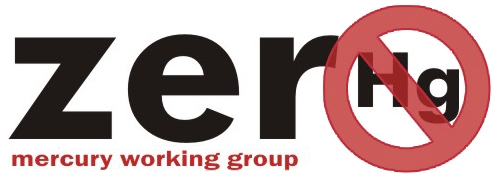Dental amalgam contains approximately 50% elemental mercury, 30% silver and 20% other metals such as copper, tin and zinc.
In 2015 , 226 -322 tonnes of mercury were used as an ingredient in dental amalgam by dentists worldwide. (UNEP 2017 Global Mercury Trade report)
Some countries are taking a precautionary approach to protect the environment from the harmful effects of mercury and taking measures to reduce the use of mercury in dentistry.
Alternatives to mercury dental amalgam exist, such as composites (most common), glass ionomers and copolymers (modified composites). These are all effective alternatives that are generally considered more attractive than traditional amalgam.
Most dental practitioners continue to charge less for mercury amalgams than for the alternatives. The speed with which dental amalgams are being replaced varies widely, and mercury use is still significant in many countries.
Relevant legislation and advisories and NGO policy work
Globally
The Minamata Convention on Mercury, under Article 4 requires that Each Party shall take measures for the mercury-added products listed in Part II (dental amalgam) of Annex A in accordance with the provisions set out therein.
Measures to be taken by a Party to phase down the use of dental amalgam shall take into account the Party’s domestic circumstances and relevant international guidance and shall include two or more of the measures from the following list:
- Setting national objectives aiming at dental caries prevention and health promotion, thereby minimizing the need for dental restoration;
- Setting national objectives aiming at minimizing its use;
- Promoting the use of cost-effective and clinically effective mercury-free alternatives for dental restoration;
- Promoting research and development of quality mercury-free materials for dental restoration;
- Encouraging representative professional organizations and dental schools to educate and train dental professionals and students on the use of mercury-free dental restoration alternatives and on promoting best management practices;
- Discouraging insurance policies and programmes that favour dental amalgam use over mercury-free dental restoration;
- Encouraging insurance policies and programmes that favour the use of quality alternatives to dental amalgam for dental restoration;
- Restricting the use of dental amalgam to its encapsulated form.
The World Alliance for Mercury Free Dentistry is working exclusively on this issue, since 2010.
In the EU
In 2017 the EU adopted the Mercury Regulation 2017/852, where under Article 10 it sets restrictions relevant to dental amalgam:
- 1 July 2018, dental amalgam ban for dental treatment of (i) deciduous teeth, (ii) of children under 15 years and (iii) of pregnant or breastfeeding women, unless deemed strictly necessary by the dental practitioner on the ground of specific medical needs of the patient.
- By 1 July 2019, each Member State must set out and publish on the Internet a national plan on measures to phase down the use of dental amalgam.
- As from 1 January 2019, dental practitioners are no longer allowed to use dental amalgam in bulk, but only in pre-dosed encapsulated form so as to prevent exposure of the patient and practitioner.
- As from 1 January 2019, all dental facilities dealing with dental amalgam (use of amalgam and/or removing dental amalgam fillings) must be equipped with amalgam separators […], with minimum retention level of 95% ; immediately in case of new separators, by 1 January 2021 in case of existing separators.
- Dental practitioners must ensure that their amalgam waste are handled and collected by authorised waste management establishments or undertakings (no direct or indirect release into the environment).
- The Commission shall report by 30 June 2020 on the feasibility of a phase out of the use of dental amalgam in the long term, and preferably by 2030, and present concomitantly, if deemed appropriate, a legislative proposal.
Mercury in dental amalgam was relevant to two actions included in the 2005 EU Mercury Strategy. The review of the EU Mercury Strategy in 2010, requested further work on this area. An EU Commission launched study to carry out a full life-cycle assessment of the mercury us in dentistry- mainly looking at the environmental effects caused, was carried out by Bio Intelligence Service and published in 2012.
The EEB and NGOs have been following all relevant developments on this issue since 2005, relevant work by the NGOs can be found here.

